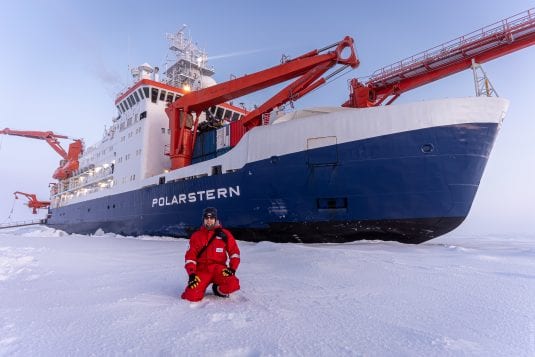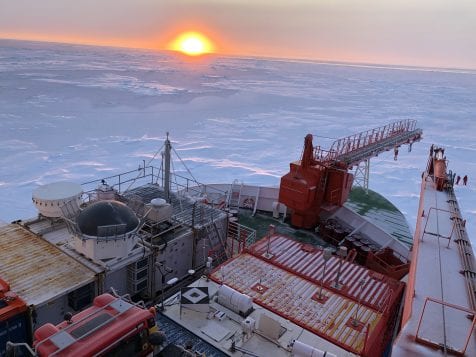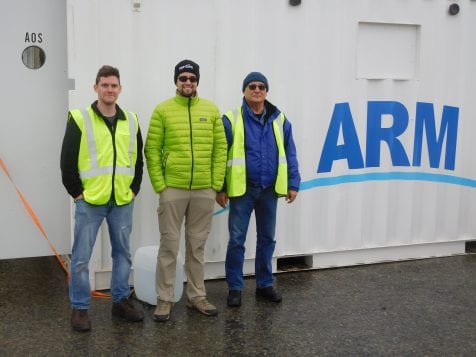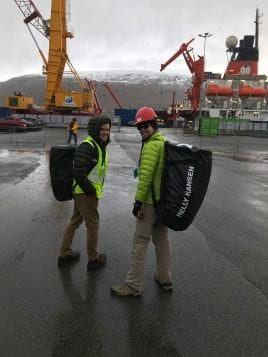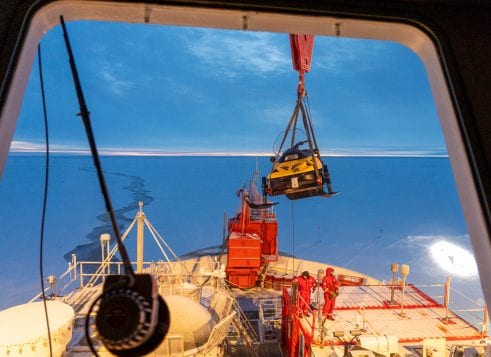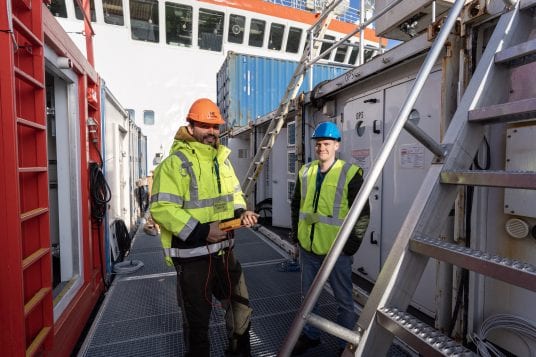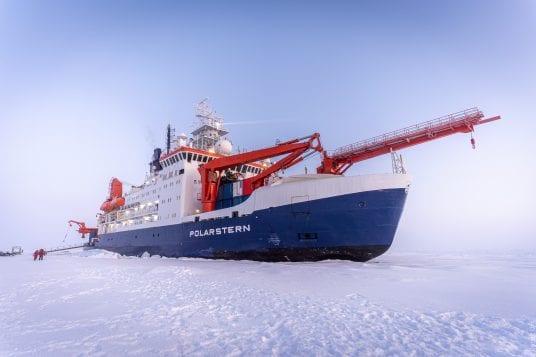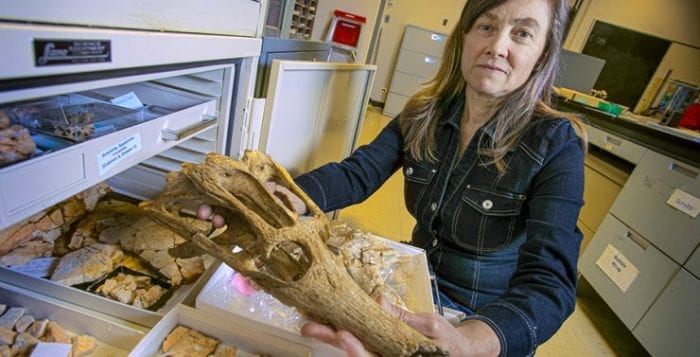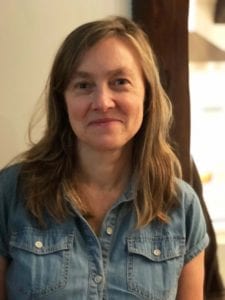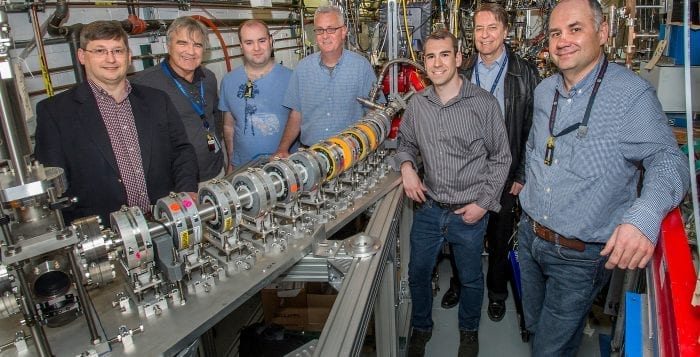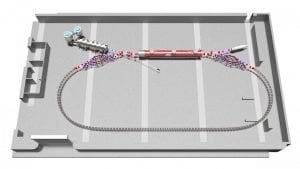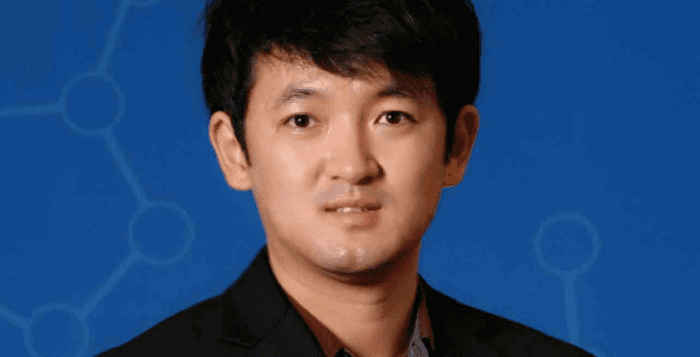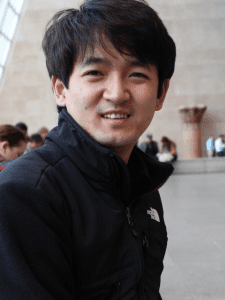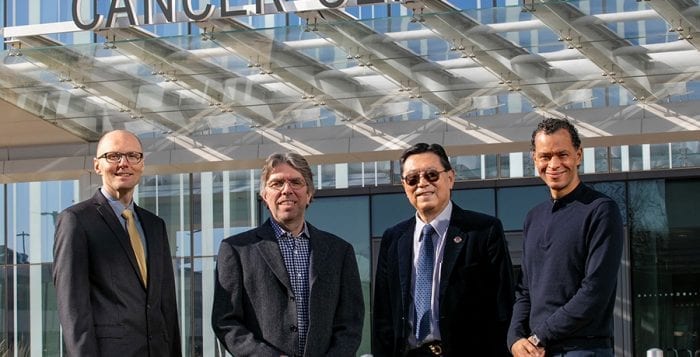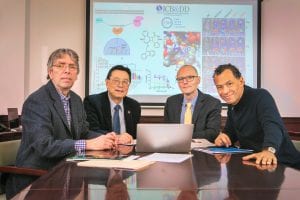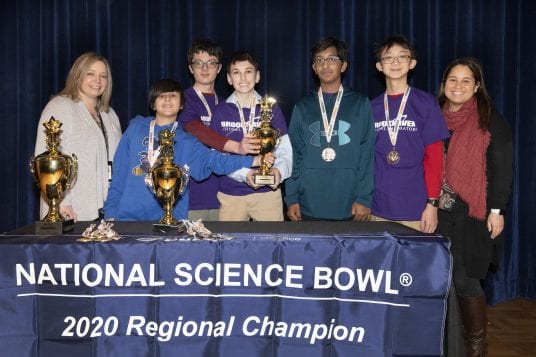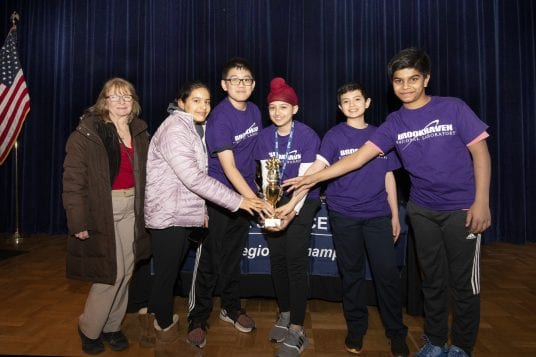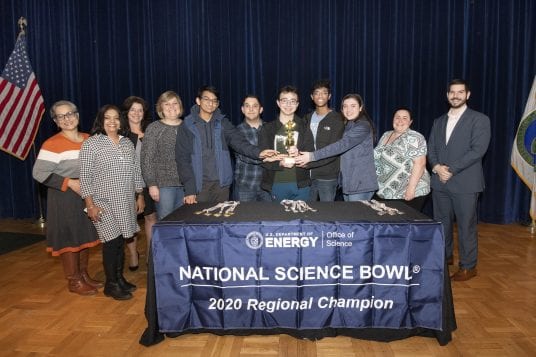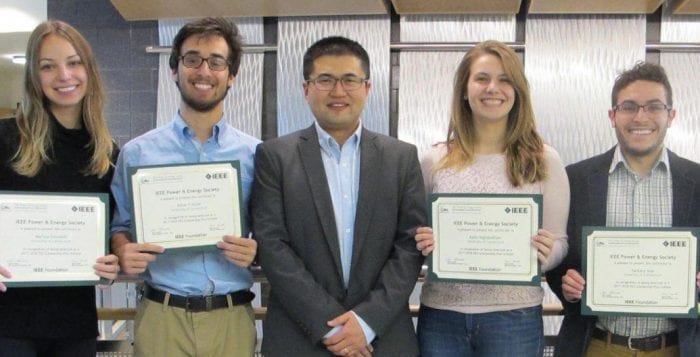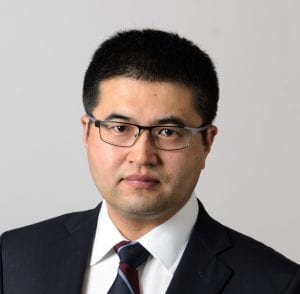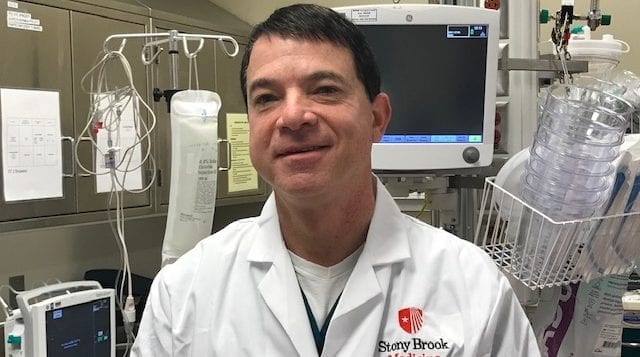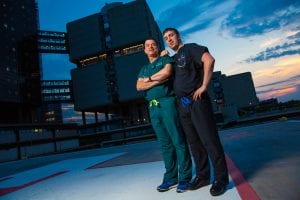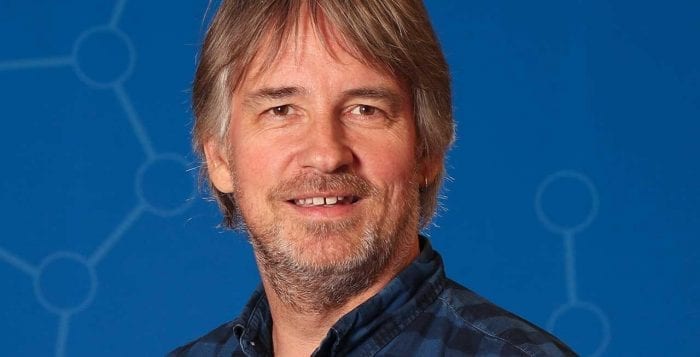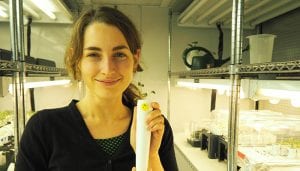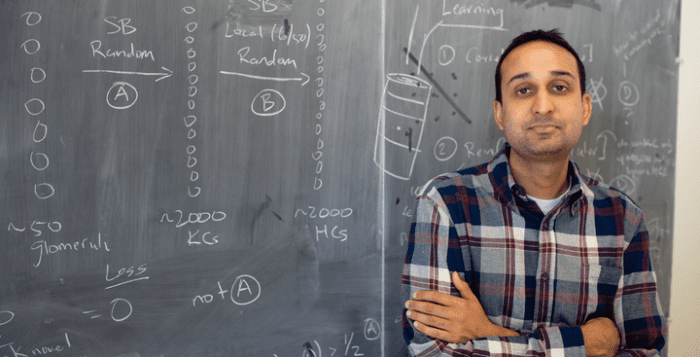By Daniel Dunaief
Two researchers from Brookhaven National Laboratory were stuck on a ship trapped in ice near the North Pole — and they couldn’t have been happier.
In fact, one of them, Matt Boyer, an Atmospheric Scientist at BNL, is returning to the German ship Polarstern for six of the next seven months. The Polarstern is part of a 20-nation effort that will gather information about the Arctic to understand climate change. The scientific collaboration, called MOSAiC (Multidisciplinary Drifting Observatory for the Study of Arctic Climate), started in September and will involve collecting data for a full year.
The scientists are measuring aerosols, cloud particles, and other data through conditions that are among the most challenging on the planet. Researchers aboard the Polarstern regularly endure cold temperatures, fierce winds, minimal to no sunlight and the threat of polar bears unafraid of humans.
Janek Uin, an Associate Atmospheric Scientist at BNL, is working with instruments that measure properties of atmospheric aerosol particles such as their size, the concentration of particles per unit volume of air, how the particles are affected by water vapor and how much light the particles scatter, which affects the sunlight that reaches the Earth’s surface.
Arthur Sedlacek, an atmospheric chemist with the Environmental & Climate Sciences Department at BNL, is one of a host of scientists collecting data from the Polarstern. Indeed, Sedlacek traveled to Tromsø Norway when the ship departed, where he prepared to measure the accumulation of black carbon in the Arctic.
Caused by burning fossil fuels, emissions from distant wildfires, among other things, black carbon can cause polar ice to melt. When there is sun, the black carbon prevents the reflection of the light, which further darkens the white surface, either through exposure of the underlying ground or previously deposited black carbon.
Sedlacek, who did not travel aboard the Polarstern, said scientists around the world are “itching to see the data” from this ambitious mission. The data collection is “so unique and so important that it will not only help us better understand the current (pristine) state of the cryosphere, but it will also [allow scientists] to better understand (and quantify) how the Arctic is responding to climate change.”
Uin, who is an instrument mentor for about 30 instruments worldwide, recalled how he went out for a fire drill. Following his designated path and waiting for the signal to return, Uin decided to snap some pictures of a frozen and uneven landscape that appeared blue during much of the day, when the faint rays of the sun barely made it over the horizon. Unable to maneuver the camera to his satisfaction, Uin took off his gloves. His exposed fingers became numb in the wind. After he put his gloves back on, it took about 10 minutes for the feeling to return to his hands.
Boyer, meanwhile, who spent more of his time working outside than Uin, helped set up the meteorological site about 1 kilometer away from the ship and is monitoring the size and concentration of organic and inorganic aerosol particles.
The size and concentration of the particles determines how they behave in atmospheric processes, Boyer explained. The size of the particle influences its light scattering ability, how long it stays in the atmosphere, the human health impact and its ability to form clouds, among other properties.
The process of working near the North Pole requires a high level of patience. A task that might take two hours in a lab, for example, might require as long as four days to complete in Arctic conditions.
Boyer described how the moisture from his own breath sometimes froze in his face. “I prefer not to wear goggles” because they fog up, he explained. When he exhaled, the water vapor in his breath caused his eyelids to freeze shut. “You have to constantly close your eyes and pull the ice off your eyelids.”
Boyer had to hold onto a piece of metal when it was well below 0 degrees Fahrenheit and windy. Placing the bolts, nuts and screws into a hole with a glove on is “almost impossible,” Boyer said, although once those items are in place, holding a wrench with gloves on is manageable
Each time people work outside, polar bear guards constantly watch the horizon to make sure the carnivorous creatures don’t approach scientists. While the ship is not a cruise vessel, it offers pleasant amenities, including a small pool, a sauna, an exercise room and nourishment Uin and Boyer, who were roommates aboard the Polarstern, appreciated.
“The food was excellent,” Uin said. “Working long hours in extreme conditions in close quarters, the food has to be good. If it’s bad, morale plummets.” The scientist has been on three ice breakers and the food has always been high quality.
Uin appreciated the opportunity to take the journey and to conduct the scientific research. “I am reminded how lucky I am that people trust me to do this,” he said.
Uin enjoys the opportunity to look at the ice, which appears blue because of the low light. “People think it’s all white,” he said. “There’s a constant twilight and an all-encompassing blue.” He is excited to look at the information the instruments collect and is “certain that the data will help to bring new insights into the very complex processes governing Earth’s climate and help better predict future trends.”
Boyer, who plans to leave BNL this month to pursue his PhD at the University of Helsinki, said he appreciated the opportunity to be a part of a multi-national team. “I’m one of the luckier people on the planet,” Boyer said. “Not many people will see the Arctic and the Antarctic and I’ve seen both,” adding that there is a satisfaction at being involved with something that is “much larger than myself. I’m a part of a community that works together towards a common goal. It’s nice to be a part of an international team working with people from places and countries who put aside their differences.”
All photos from Janek Uin

